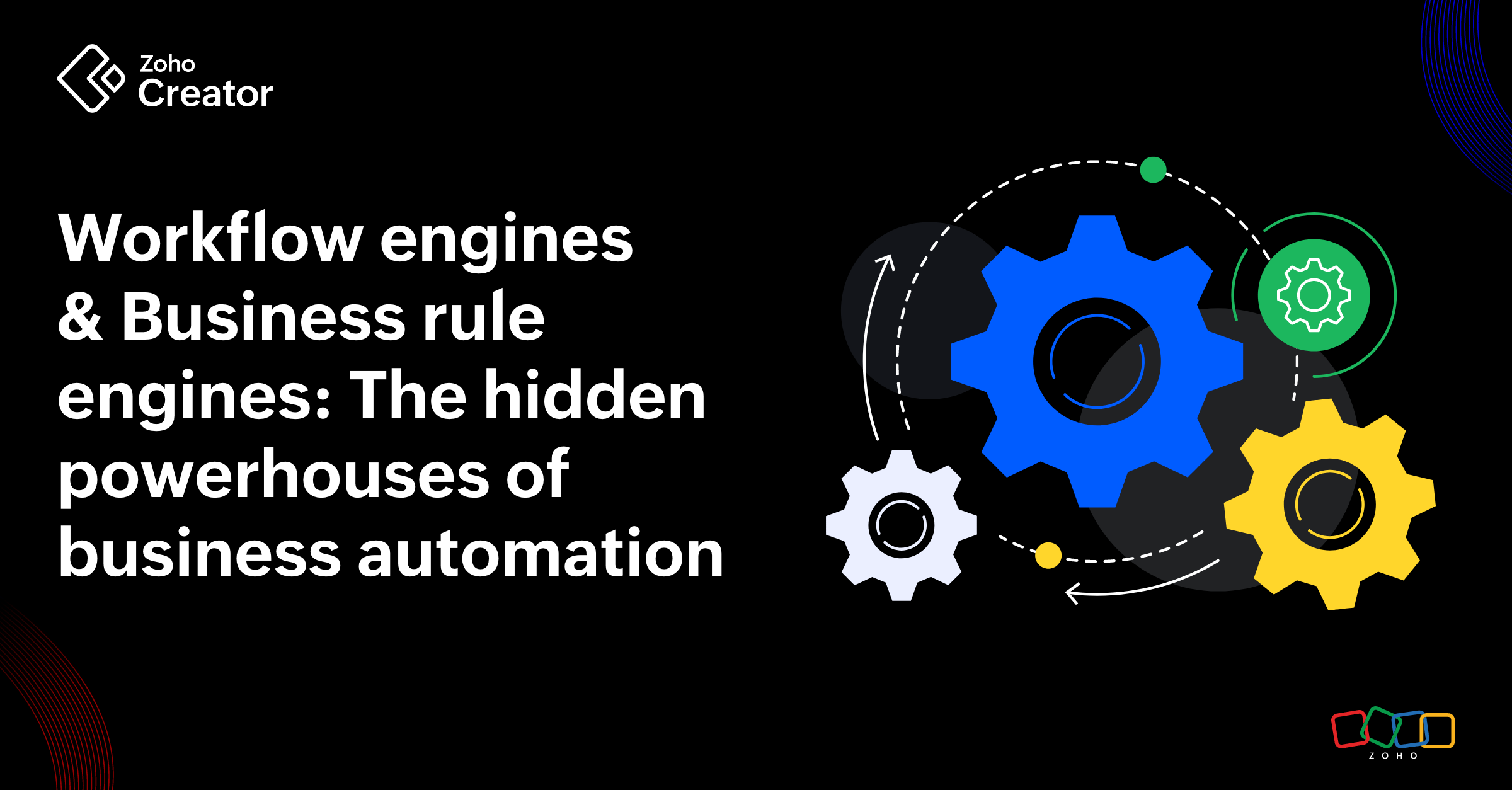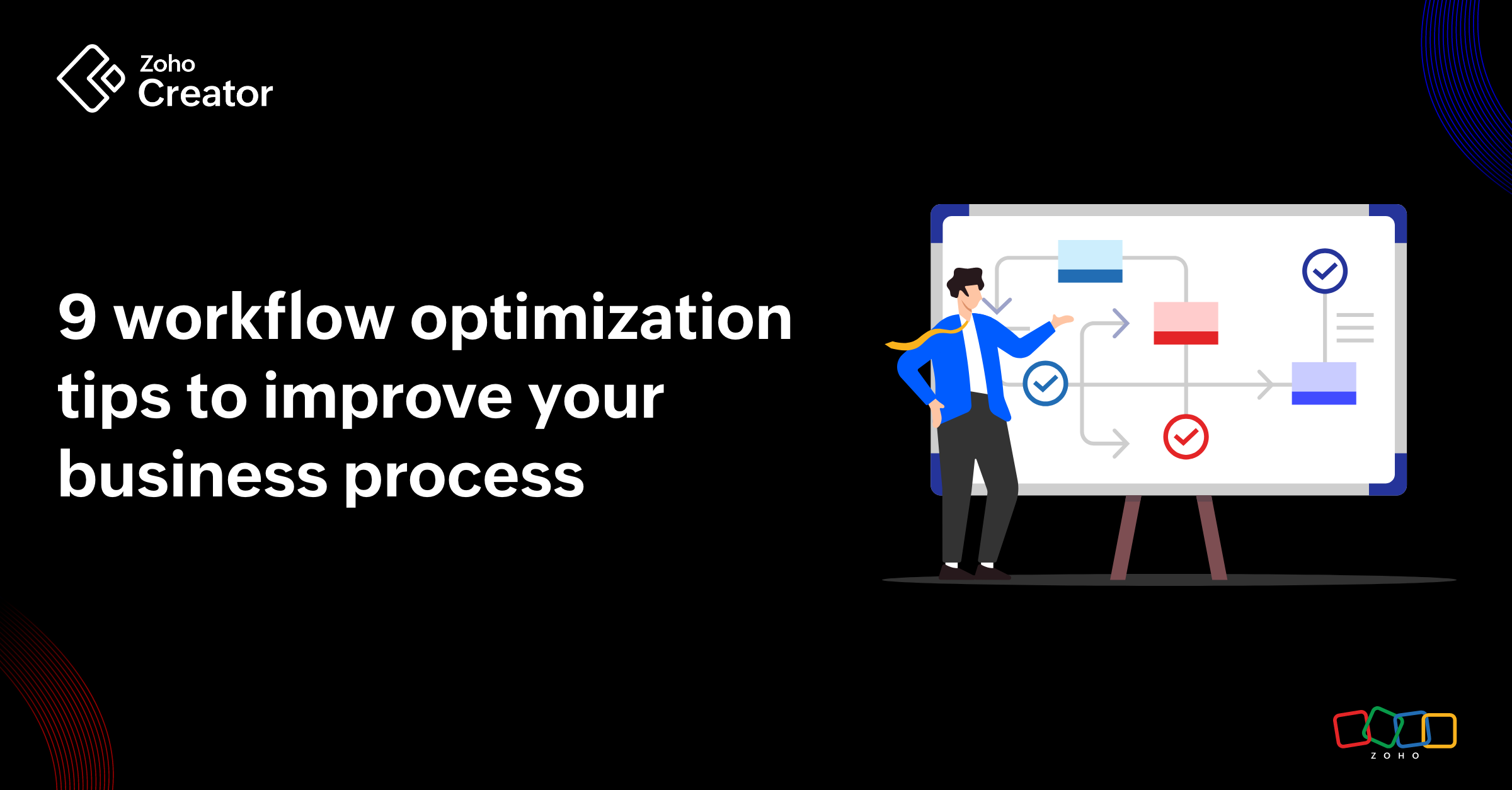- HOME
- Know Your Tech
- Why managing workflows in Excel is inefficient
Why managing workflows in Excel is inefficient
- Last Updated : April 21, 2025
- 32 Views
- 4 Min Read
Managing workflows in Excel often starts as a quick fix, but it can soon turn into a frustrating experience. While spreadsheets might seem like a convenient option, they come with hidden problems that slow down processes and create confusion. From version control issues to data errors, Excel struggles to keep up with business needs.
This post breaks down why Excel-based workflows become chaotic and why it's time to switch to a better system.
The messy reality of Excel-based workflows
Excel was never designed for handling complex workflows, yet many businesses continue to rely on it. The result? A system filled with errors, inconsistencies, and inefficiencies. Here’s what makes Excel workflows difficult to manage:
Version control nightmares
When multiple employees work on the same Excel workbook, tracking the latest version becomes a challenge. Employees often end up working on outdated spreadsheets, leading to mistakes.
Human errors
Unlike automated systems, Excel requires manual data entry, which increases the chance of errors.
Limited collaboration
Sharing Excel files through email or cloud storage often results in duplicate files and conflicting edits.
Where Excel falls short in handling workflows
Take a simple example: managing a content calendar for a marketing team. The team needs to track campaign ideas, assign tasks, set deadlines, and update the status of each item. In Excel, this often means juggling multiple sheets, sending email updates, and manually checking who’s working on what. As the number of campaigns grows, keeping everything updated becomes time-consuming, prone to errors, and hard to coordinate—especially across teams.
And this is a relatively straightforward workflow. Now imagine the complexity when applied to product development, hiring pipelines, or multi-team operations.
Excel may be useful for organizing data and performing calculations, but it lacks the flexibility needed for managing workflows. Here's why:
Automation challenges
Automating tasks in Excel requires the use of complex formulas and macros. This makes it hard to automate repetitive tasks efficiently. When tasks depend on manual updates, the process slows down and increases the overall workload.
Security concerns
Spreadsheets lack proper security controls, making them vulnerable to unauthorized access and data breaches.
Scalability issues
As a business grows, workflows become more complex and data volumes increase as well. Excel struggles to handle such large datasets, leading to performance problems and increased chances of errors.
Time-consuming fixes
When errors like broken formulas, mismatched data across sheets, or accidental overwrites occur, identifying and correcting them in Excel can take hours or even days. Valuable time is wasted on cleaning up data instead of focusing on strategic tasks.
Real-life example of how to tackle Excel’s workflow challenges
Let's look at ITV Studios as an example of the pitfalls of Excel-based workflows and the benefits of moving to a smarter system.
Known for producing classic shows like Coronation Street, Vera, The Masked Singer, and The Walk In, ITV Studios is a powerhouse in television production.
For a long time, the creative network department managed their vast content pipeline using spreadsheets spanning many different departments, with each team using its own version of data to track ideas, schedule production, and allocate resources. Over time, this approach created a maze of disjointed data sources, and there was no standardized workflow template to guide the workflow creation process.
With each department following its own method of data entry, the result was a fragmented system rife with inconsistencies and gaps. The traditional spreadsheet setup not only made it hard to see the full picture but also increased the risk of error at every step.
The situation at ITV Studios was becoming unsustainable. Internal attempts to consolidate data only led to more spreadsheets and greater confusion. The need for a centralized system became clear—one that could integrate data from across departments and provide a unified view of the creative pipeline.
That’s when they turned to Zoho. The new system they built on Creator was designed to bring together all the disparate data sources, allowing every department—from Mammoth Studio in the UK to production teams in Denmark and France—to access the same information.
The consolidated dashboard provided a single source of truth for every show in development, enabling Creative Network to track ideas, manage schedules, and allocate resources more effectively. The system also connected with Zoho Analytics for automated reporting and better insights into raw data.
Managers no longer had to spend hours manually compiling reports. Instead, they received real-time insights that enabled them to identify bottlenecks quickly and adjust the workflow as needed. This automation improved decision-making and freed up valuable time. This adaptability is crucial in an industry where creativity and innovation are paramount.
What pushed ITV Studios to switch from Excel?
ITV Studios' experience illustrates the limitations of using Excel for complex workflows. While Excel may be sufficient for basic tasks, its inability to support collaboration, automation, and security makes it a liability. Workflow management platforms provide features like advanced automation capabilities that directly address these issues.
Automation reduces the need for manual data entry and minimizes the risk of human error. Enhanced security features, such as role-based access and data encryption, protect sensitive information while ensuring that only authorized personnel can make changes. Additionally, these platforms are designed to scale, handling larger datasets and more complex processes without compromising performance.
It's time to upgradefrom Excel
Excel works well for handling data and simple tasks. But as workflows grow, its limitations become clear—version control, data inconsistencies, and manual updates can slow things down. A smarter system makes collaboration easier and reduces repetitive work.
Given these challenges, businesses need a solution that can handle complex workflows with ease. That’s where Zoho Creator comes in. It offers a more efficient way to manage workflows without the limitations of spreadsheets. With its automation capabilities, businesses can eliminate repetitive tasks and reduce the risk of manual errors. Built-in security features like role-based access and data encryption ensure that sensitive information is protected. And, as workflows grow, Zoho Creator scales with them, handling larger datasets and complex processes without slowing down.
Transitioning away from Excel isn't just an upgrade—it's a necessary step toward achieving greater efficiency.
 Ann Elizabeth Sam
Ann Elizabeth SamHey! I'm Ann, and I work as a content writer at Zoho Creator. I'm exploring the SaaS world through various forms of content creation. Outside of work, I love dancing and would give up anything to read a good murder mystery.



